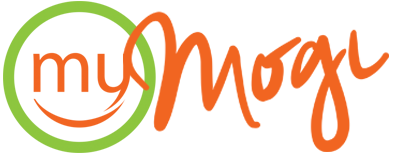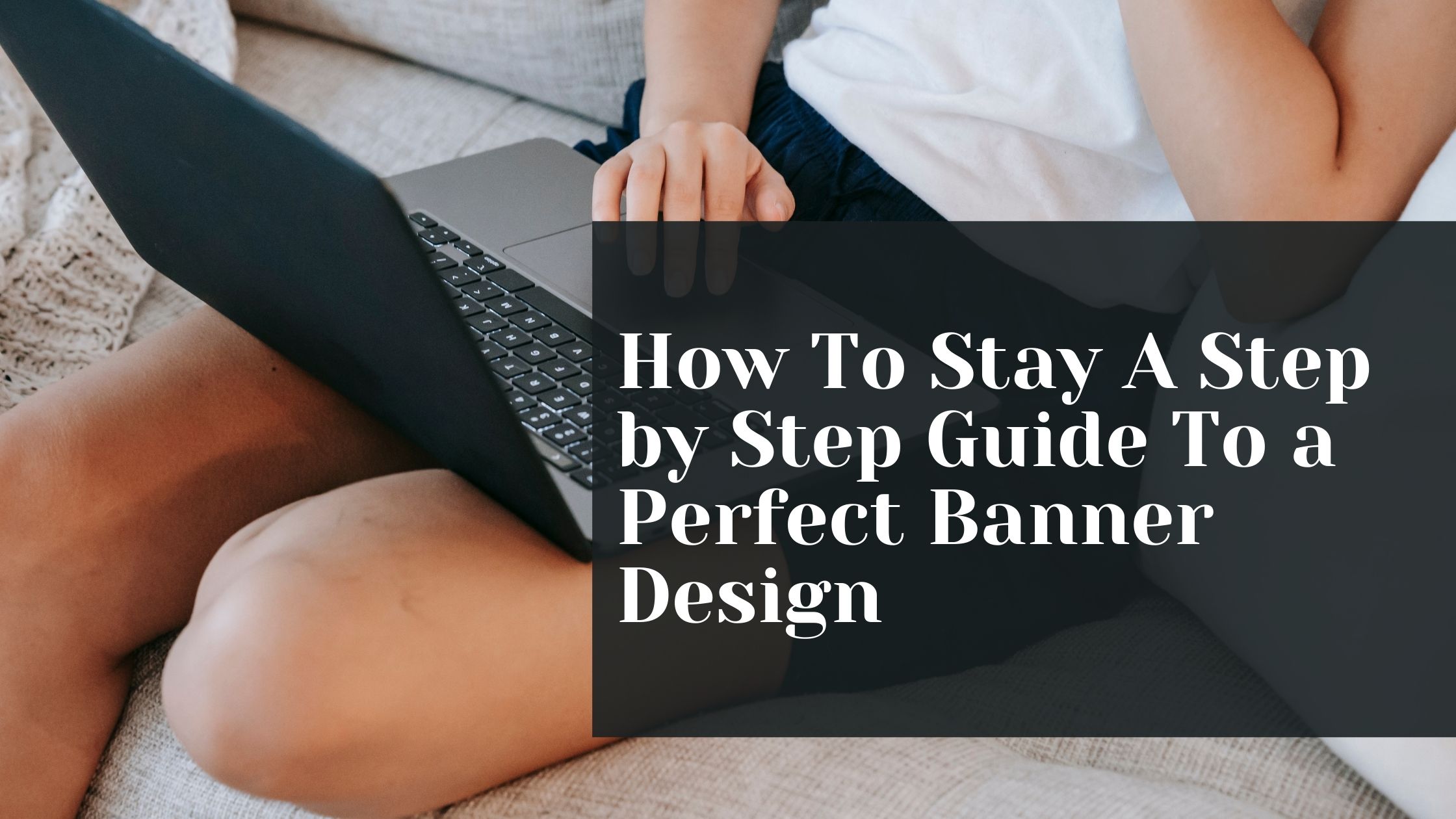Banners and other types of advertisements and signage are everywhere. They are required to convey the brand’s message to the audience. Social media ads, television ads, flyers, radio adverts, newspaper adverts, and banners are the few ways to advertise your service and product, but the most effective is a banner because it is the cheapest and effective method. The Banner acts as a communication tool between you and your target customers and is a popular way to promote your business.
However, a poor-quality designed banner will surely not be good, so it should be simple, short, and elegant. A perfect banner doesn’t happen accidentally. It takes some strategic design decisions. Creating a banner design campaign can be a long, complicated process involving many different people. The longer the process, the easier it is to ignore certain parts or forget some steps due to time constraints. So, here are the eight simple steps to create a perfect banner for your business.
Decide Your Offer
First, you need to decide the main point of your campaign. Do you have a particular offer? Do you want to raise profile or brand awareness? Do you have a physical item or service for sale? You need to think about what you want to accomplish first so the rest of the process will be much easier.
Once you have decided on your campaign, it will be normal to think you need to go forward and work on ideas, but that will mean missing a crucial step in the process which is identifying your audience.
Identify Your Audience
It is necessary to identify your potential audience by using buyers personas. It will help you to envision the users. Which in turn helps you to design a campaign made for them especially.
Identifying your audience will make sure that you maximize your engagement chances, as your audience will be more likely to pay heed to your ad. It will help in the creative process of banner design too.
Brainstorm Your Ideas
Whether you’re working with an entire team or going it alone, it’s time to brainstorm and get your ideas out there. Write down everything from vague concepts to small details you want to include. Cross out ideas you do not like as you go too.
There are various ways to brainstorm. You can get so much advice and guidance on how to do it perfectly. Will there be one or multiple banners? Will you use live banners? Videos? Will there be other media, or is it purely a banner campaign? These are the questions you should ask yourself and the team while you are brainstorming.
Formation of Concept
Now is the time to focus and work on all of the ideas from the brainstorming session. Some can work, or some can’t. Get your best or relevant ideas in front of you and form an overall concept. For the campaign, it includes a rough framework like sketches of banners, their sizes, and a design concept including the type of video or image you want to use. After conceptualizing, you will have a clear idea of where to start with your banner design and where to make it go.
Select Your Format
After having your framework and a clear idea, you should select the format that suits your aim best. If your campaign is mobile-focused, you can include interactive elements with media so users can swipe and exploit the ad.
For few marketers, this is the best decision as it can find out whether you have a big-time investment on your hands or not. Through online tools like Bannerflow, it takes a minute to insert videos and edit sizes. There is no need to republish. Everything will change in real-time.
Size It Up
Size goes hand in hand with the format. Depending on your space, you will need to size it appropriately. You and your design team will have to refit all the elements and code individual sizes. In this way, everything remains in proportion.
However, by using Bannerflow, this process will take minutes only.
Designing
Now, you have sketches, chosen formats, and planned sizes. So it’s time to design.
You need to consider some things in the design, like how your positioning will work and how effectively you will use the space. White space can be used in creative ways and can capture the eye. If you are doing it nicely, you will surely make the user look at your banner design. Positioning of various elements is necessary too. Make sure you and your team are content with the appearance and layout and proud of the campaign.
Text and Translation
You have to create banners in every size, and for every language, that is a big task. It is something that Bannerflow-like platforms surpass at, as now adjusting campaigns and translating them takes minutes rather than days.
Even if you don’t need to translate, you can still utilize this functionality to try various text versions to attract different audience segments.







